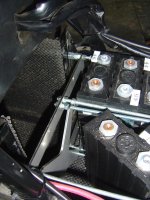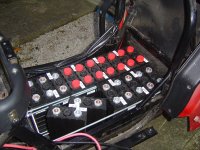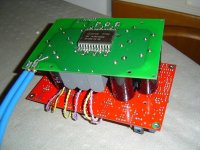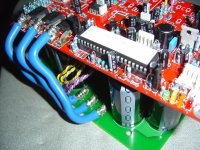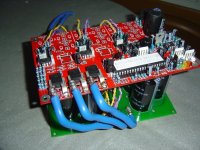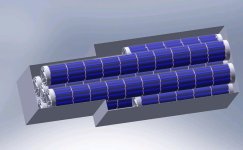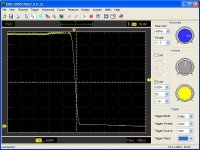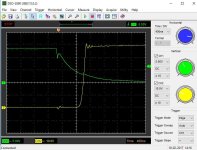bobc
10 kW
good news and bad news...... The PCBs have arrived - good
they're wrong & pretty useless - bad. That's 40 quid I won't see again.
To save others from making the same mistake.... here is the part of the datasheet telling you what pin does what
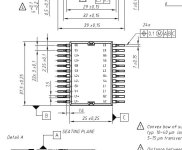
I thought that was a 'top' view of the module. It isn't, it's a bottom view (with its legs in the air)
@rse
Now re-laying out the board. I could get it remade with top and bottom layers swapped, but the SMD zeners would be wrong and the package data forever wrong, so am fixing it properly....
PS anybody want 5 coasters........
they're wrong & pretty useless - bad. That's 40 quid I won't see again.
To save others from making the same mistake.... here is the part of the datasheet telling you what pin does what

I thought that was a 'top' view of the module. It isn't, it's a bottom view (with its legs in the air)
@rse
Now re-laying out the board. I could get it remade with top and bottom layers swapped, but the SMD zeners would be wrong and the package data forever wrong, so am fixing it properly....
PS anybody want 5 coasters........


